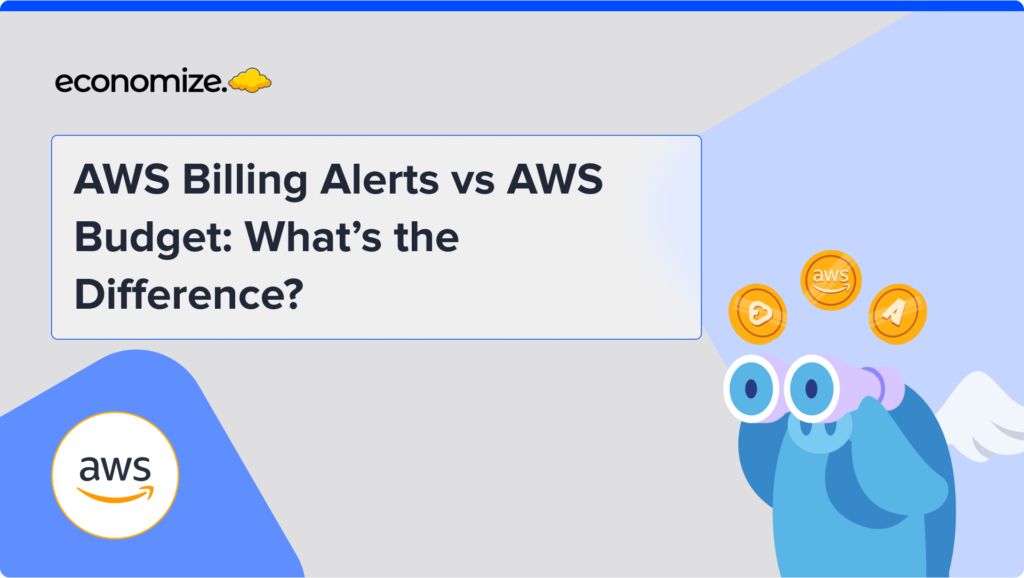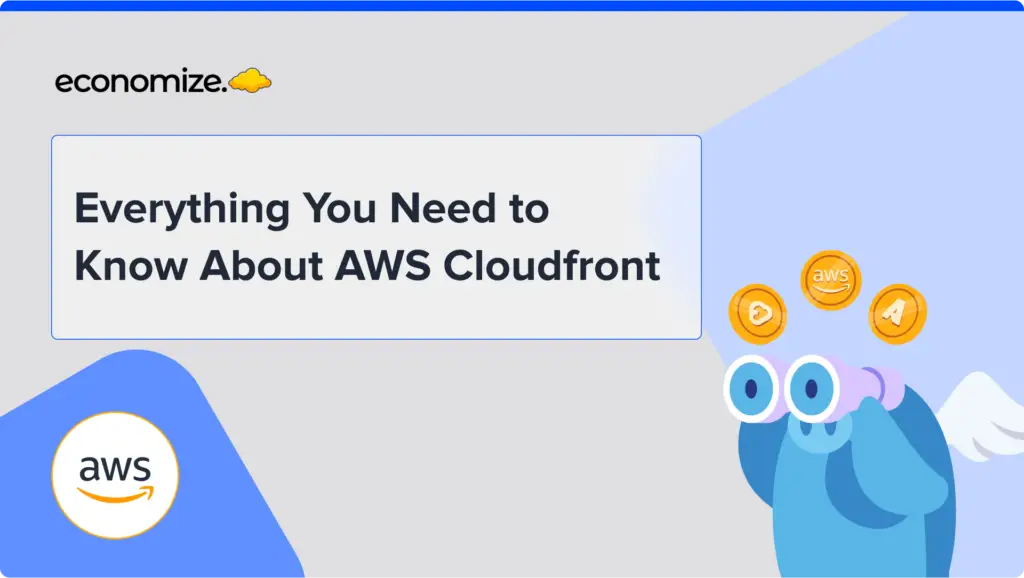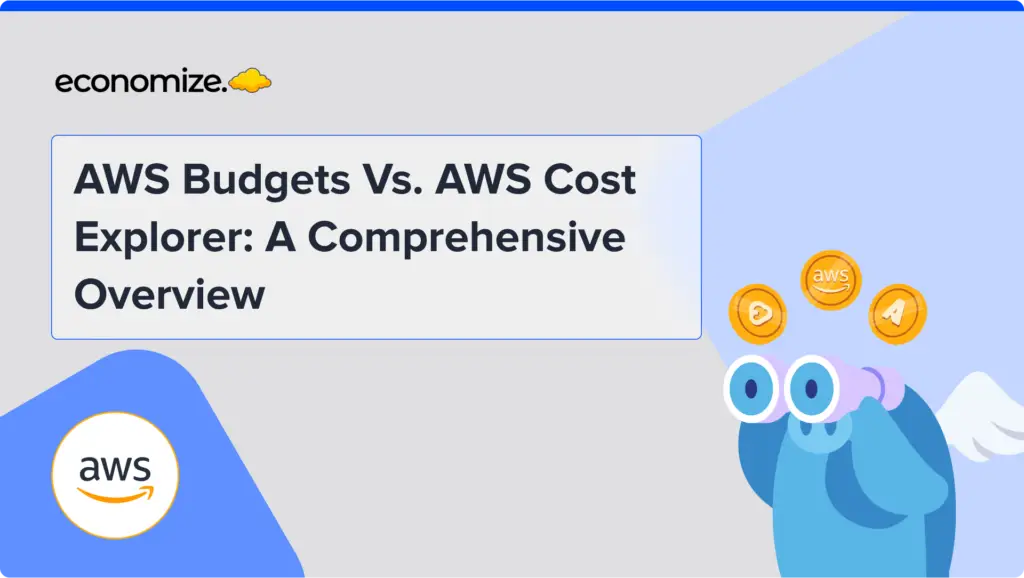The Importance of Caching in Modern Applications
Caching is a fundamental technique in modern computing that enhances the speed and performance of applications by temporarily storing frequently accessed data in a high-speed data storage layer. This allows applications to retrieve data faster than fetching it from a slower, traditional database or external source. By reducing the time needed to access data, caching minimizes latency, improves response times, and alleviates the load on primary data sources. Amazon ElastiCache is a managed caching service that supports Redis and Memcached, offering a scalable and reliable solution for implementing caching in cloud-based applications.
What is Amazon ElastiCache?
Amazon ElastiCache is a fully managed in-memory caching service from AWS, supporting Redis and Memcached. Designed to enhance application performance, it stores frequently used data in memory, reducing access time compared to disk-based databases. This results in faster data retrieval and improved application responsiveness.

Amazon ElastiCache scales to handle hundreds of millions of operations per second with microsecond response times, offering superior security, reliability, and performance over open-source alternatives. Its support for Redis and Memcached covers a wide range of use cases: Redis is ideal for real-time analytics, messaging, and session storage, while Memcached excels in high-speed, distributed caching for database queries and content management systems.
What is Amazon ElastiCache used for?
Amazon ElastiCache is primarily used to improve the performance and scalability of web applications by providing a managed in-memory caching service. It helps applications retrieve data faster by storing frequently accessed information in-memory, which is significantly quicker than retrieving it from a traditional disk-based database.
Here are some common use cases for Amazon ElastiCache:
- Accelerating Database Performance: By caching the results of frequently executed queries from databases like Amazon RDS or Amazon Aurora, ElastiCache reduces the need for repeated database access, improving response times and reducing database load.
- Session Management: Amazon ElastiCache can store user session data for applications running on Amazon EC2 or AWS Lambda, facilitating faster retrieval and management of session states, which is crucial for web applications and serverless architectures.
- Real-Time Analytics: In scenarios requiring real-time data processing, such as with Amazon Kinesis or AWS Glue, ElastiCache enables quick access to the most current data, aiding in timely insights and decision-making.
- Caching Web Pages and Content: For high-traffic websites hosted on Amazon S3 or Amazon CloudFront, ElastiCache can cache dynamic content, significantly reducing page load times and enhancing user experience.
- Supporting Gaming and Social Media Applications: ElastiCache supports real-time data updates for applications using Amazon GameLift or Amazon DynamoDB, ensuring that leaderboards, live feeds, and other data are updated with minimal delay, improving user engagement.

Overall, Amazon ElastiCache is a versatile tool that enhances the performance of applications by reducing latency, offloading database work, and providing fast, scalable access to critical data.
How Amazon ElastiCache Pricing Works?
Amazon ElastiCache pricing is structured to ensure that users pay only for the resources they utilize, offering flexibility and scalability. The overall cost of using Amazon ElastiCache is primarily determined by the type and size of the cache nodes you select. AWS provides a range of instance types that differ in memory capacity, CPU performance, and network throughput. Consequently, larger instances with more powerful capabilities incur higher costs, while smaller, less resource-intensive instances are more economical.
Free Tier
Amazon ElastiCache is available to new AWS customers under the Free Tier, offering 750 hours per month of cache.t2.micro or cache.t3.micro node usage for a year. Data transfers to and from the ElastiCache node are free, and you also get 15 GiB of free outbound data transfer each month, applicable across all AWS services. The Free Tier is available across most AWS regions. Monthly free usage is automatically applied but does not roll over, providing an excellent opportunity to explore Amazon ElastiCache with no upfront cost.
ElasticCache Serverless Pricing
ElastiCache Serverless pricing is classified into charges for the Data Stored and ElastiCache Processing Unit.
Data Stored: In Amazon ElastiCache Serverless, you are billed for data storage based on gigabyte-hours (GB-hrs). The service monitors the volume of data stored in your cache, sampling it multiple times per minute, and calculates an hourly average to determine usage. Billing is based on this hourly average, with each cache being metered for at least 1 GB of data stored.
ElastiCache Processing Units (ECPUs): Billing for requests in ElastiCache Serverless is done through ElastiCache Processing Units. ECPUs represent the combination of vCPU time and data transfer. Each kilobyte (KB) of data read or written consumes 1 ECPU. For instance, if a GET request transfers 3.2 KB of data, it will consume 3.2 ECPUs. Requests requiring more computational effort or involving larger data transfers will consume more ECPUs accordingly.
| Pricing Dimension | Price |
| Data stored | $0.125 / GB-hour |
| ElastiCache Processing Units (ECPUs) | $0.0034 / million ECPUs |
Pricing for On-demand Nodes
When setting up an Amazon ElastiCache cluster, you can design your own ElastiCache cluster by selecting a suitable cache node type and the desired number of nodes. The cache node is the basic component of an ElastiCache cluster. Typically, the latest-generation node types deliver greater memory and computational efficiency at a lower cost than their older counterparts.
Using on-demand nodes allows for a pay-as-you-go model, where you pay for memory capacity on an hourly basis without any long-term obligations. ElastiCache pricing is based on the time from node launch to termination, with any partial hour billed as a full hour.
| Cache node type | vCPU | Memory | Network performance | Price per hour |
| cache.t4g.micro | 2 | 0.5 GiB | Up to 5 Gigabit | $0.016 |
| cache.t3.medium | 2 | 3.09 GiB | Up to 5 Gigabit | $0.068 |
| cache.m7g.large | 2 | 6.38 GiB | Up to 12.5 Gigabit | $0.158 |
| cache.m7g.16xlarge | 64 | 209.55 GiB | 30 Gigabit | $5.028 |
| cache.m5.12xlarge | 48 | 157.12 GiB | 10 Gigabit | $3.744 |
| Cache node type | vCPU | Memory | Network performance | Price per hour |
| cache.r7g.large | 2 | 13.07 GiB | Up to 12.5 Gigabit | $0.219 |
| cache.r7g.16xlarge | 64 | 419.09 GiB | 30 Gigabit | $6.981 |
| cache.r5.xlarge | 4 | 26.32 GiB | Up to 10 Gigabit | $0.431 |
| cache.r4.xlarge | 4 | 25.05 GiB | Up to 10 Gigabit | $0.455 |
| cache.r4.16xlarge | 64 | 407 GiB | 25 Gigabit | $7.28 |
| Cache node type | vCPU | Memory | Network performance | Price per hour |
| cache.c7gn.large | 2 | 3.09 GiB | Up to 30 Gigabit | $0.255 |
| cache.c7gn.xlarge | 4 | 6.38 GiB | Up to 40 Gigabit | $0.509 |
| cache.c7gn.4xlarge | 16 | 26.05 GiB | 50 Gigabit | $2.037 |
| cache.c7gn.8xlarge | 32 | 52.26 GiB | 100 Gigabit | $4.073 |
| cache.c7gn.16xlarge | 64 | 105.81 GiB | 200 Gigabit | $8.147 |
Data Tiering Pricing
Amazon ElastiCache nodes featuring data tiering leverage solid state drives (SSDs) to efficiently manage costs by offloading the least frequently accessed data from memory to SSDs. Although data retrieval from SSDs introduces slightly higher latency and reduced throughput compared to in-memory data, this mechanism helps in optimizing resource allocation and ElastiCache pricing.
These nodes are ideal for scenarios where up to 20% of the data is frequently accessed, and where applications can accept a slight increase in latency for the initial retrieval of infrequently accessed data. The ElastiCache R6gd nodes, which incorporate both memory and SSD storage, provide almost five times the storage capacity and can lead to cost reductions of more than 60% at full utilization when compared to memory-only R6g nodes.
| Cache node type | vCPU | Memory | SSD | Network performance | Price per hour |
| cache.r6gd.xlarge | 4 | 26.32 GiB | 99.33 GiB | Up to 10 Gigabit | $0.781 |
| cache.r6gd.2xlarge | 8 | 52.82 GiB | 199.07 GiB | Up to 10 Gigabit | $1.56 |
| cache.r6gd.4xlarge | 16 | 105.81 GiB | 398.14 GiB | Up to 10 Gigabit | $3.12 |
| cache.r6gd.8xlarge | 32 | 209.55 GiB | 796.28 GiB | 12 Gigabit | $6.24 |
| cache.r6gd.12xlarge | 48 | 317.77 GiB | 1194.42 GiB | 20 Gigabit | $9.358 |
Reserved Nodes Pricing
ElastiCache provides the option of reserved nodes, or reserved instances (RIs), which allow you to benefit from substantial discounts compared to the regular hourly rates. These discounts are applicable for commitments of one or three years. You can choose from the following payment structures:
- No Upfront Payment: Enjoy low hourly rates without any upfront costs.
- Partial Upfront Payment: Pay a portion upfront and benefit from reduced hourly rates.
- All Upfront Payment: Make a full upfront payment to secure the lowest possible hourly rates.
| Node type | RI monthly fees | RI effective hourly rate | Savings over On-Demand | On-Demand rate |
| cache.t4g.micro | $8.03 | $0.011 | 31% | $0.0160 |
| cache.t4g.medium | $32.12 | $0.044 | 32% | $0.0650 |
| cache.m6g.2xlarge | $295.65 | $0.405 | 32% | $0.5930 |
| cache.m6g.4xlarge | $591.30 | $0.810 | 32% | $1.1860 |
| cache.m7g.8xlarge | $1,248.30 | $1.710 | 32% | $2.5140 |
This pricing model is also available for cluster nodes that incorporate data tiering.
Backup and Restore
With Amazon ElastiCache, the cost of storing backups is $0.085 per GiB per month, applicable uniformly across all AWS Regions. Notably, there are no fees associated with data transfer, whether you are creating a backup or restoring data from a backup to a cache.
Data Transfer Costs
Data transfer within the same Availability Zone (AZ) between Amazon EC2 and ElastiCache is free of charge. However, when transferring data between EC2 instances and ElastiCache nodes in different AZs of the same Region, a standard rate of $0.01 per GiB is applied. The charges are solely for the data transfer in or out of the EC2 instance.
For data transfers across Regions, ElastiCache Global Datastore offers fully managed and secure replication. Charges are applicable for outgoing traffic from the primary (source) Region. This service is available on M5, R5, R6g, R6gd, M6g, M7g, and R7g nodes, which do not qualify for the AWS Free Tier.
| Data transfer | Price per gigabyte |
| Global Datastore data transfer OUT from ElastiCache | $0.02 |
AWS Outposts Charges
AWS Outposts is a fully managed service that extends AWS infrastructure, services, APIs, and tools to customers’ data centers, colocation facilities, or on-premises environments. Customers can acquire Outposts servers on a three-year term with various payment options, including partial upfront, all upfront, and no upfront. The pricing includes the delivery, installation, maintenance, and removal of the equipment at the end of the term.
By offering local access to AWS-managed infrastructure, Outposts enables you to build and operate applications on-premises using the same APIs and programming interfaces available in AWS Regions. This setup leverages local compute and storage resources, providing lower latency and meeting local data-processing requirements. Amazon ElastiCache for Outposts supports only M5 and R5 node families. The charges for ElastiCache nodes for AWS Outposts are as follows:
| Standard cache nodes- Current generation | Price per hour |
| cache.m5.large | $0.06 |
| cache.m5.2xlarge | $0.239 |
| cache.m5.24xlarge | $2.88 |
| Memory-optimized cache nodes – Current generation | |
| cache.r5.large | $0.09 |
| cache.r5.2xlarge | $0.358 |
| cache.r5.24xlarge | $4.32 |
ElastiCache Pricing Example
When launching a new application, optimizing performance is crucial, especially when dealing with frequently accessed data. Implementing a cache is an effective solution for enhancing application speed and efficiency. In this scenario, we consider an application expected to handle a dataset size of approximately 10 GB with an average request rate of 50,000 requests per second. The application will be deployed in the U.S. East (N. Virginia) region.
Total Cache Charges Calculation:
To provide a comprehensive understanding of the associated costs, we break down the expenses into two main categories: Data Storage Costs and ECPU Costs.
Data Storage Costs:
Estimated hourly usage: 10 GB-hours.
Hourly cost:
10 GB-hours * $0.125/GB-hour = $1.25/hr.
ECPU Costs:
Each request, consuming 1 ECPU, assumes data transfer per request is less than 1 KB.
Estimated hourly ECPU usage:
50,000 requests/second * 3,600 seconds/hour = 180,000,000 ECPUs.
Hourly ECPU cost:
(180,000,000/1,000,000) * $0.0034/million ECPUs = $0.612/hr.
Overall Serverless Charges:
Data storage: $1.25/hr
ECPU charges: $0.61/hr
Total: $1.25 + $0.62 = $1.86/hr
Thus, implementing a cache for this new application in the U.S. East (N. Virginia) region incurs a total hourly cost of $1.86. This pricing structure highlights the cost-effectiveness and scalability of using a caching solution, providing low-latency access to frequently accessed data and significantly improving application performance. For a detailed estimation of the cost associated with your AWS resources, take a look at our AWS Pricing Calculator.
Conclusion
Amazon ElastiCache offers an efficient and cost-effective way to implement caching in cloud-based applications. Its support for popular caching engines, flexible pricing models, and high-performance capabilities make it an ideal choice for businesses looking to enhance application responsiveness and user experience. By providing a managed service that can scale with demand, Amazon ElastiCache enables organizations to focus on their core business functions while enjoying the benefits of reduced latency and improved performance.
Troubled by Rising Cloud Expenses?
High cloud bills can be overwhelming, but they don’t have to be. Economize provides an easy way to cut your cloud costs by up to 30%. Schedule a free demo with us today and start saving money in as little as 10 minutes. Take your first step towards smarter spending.








